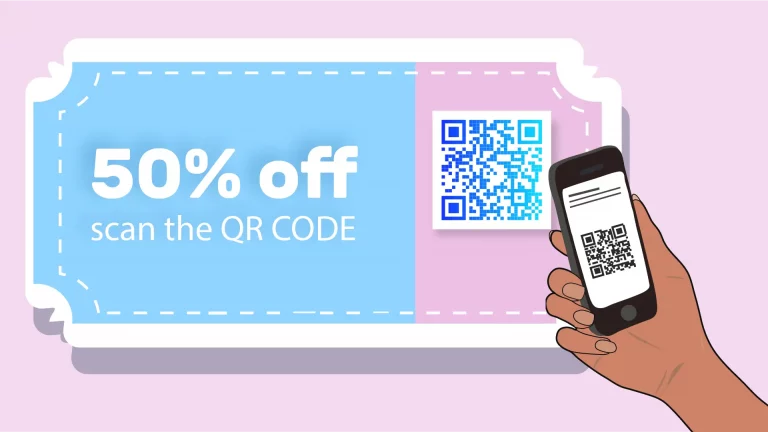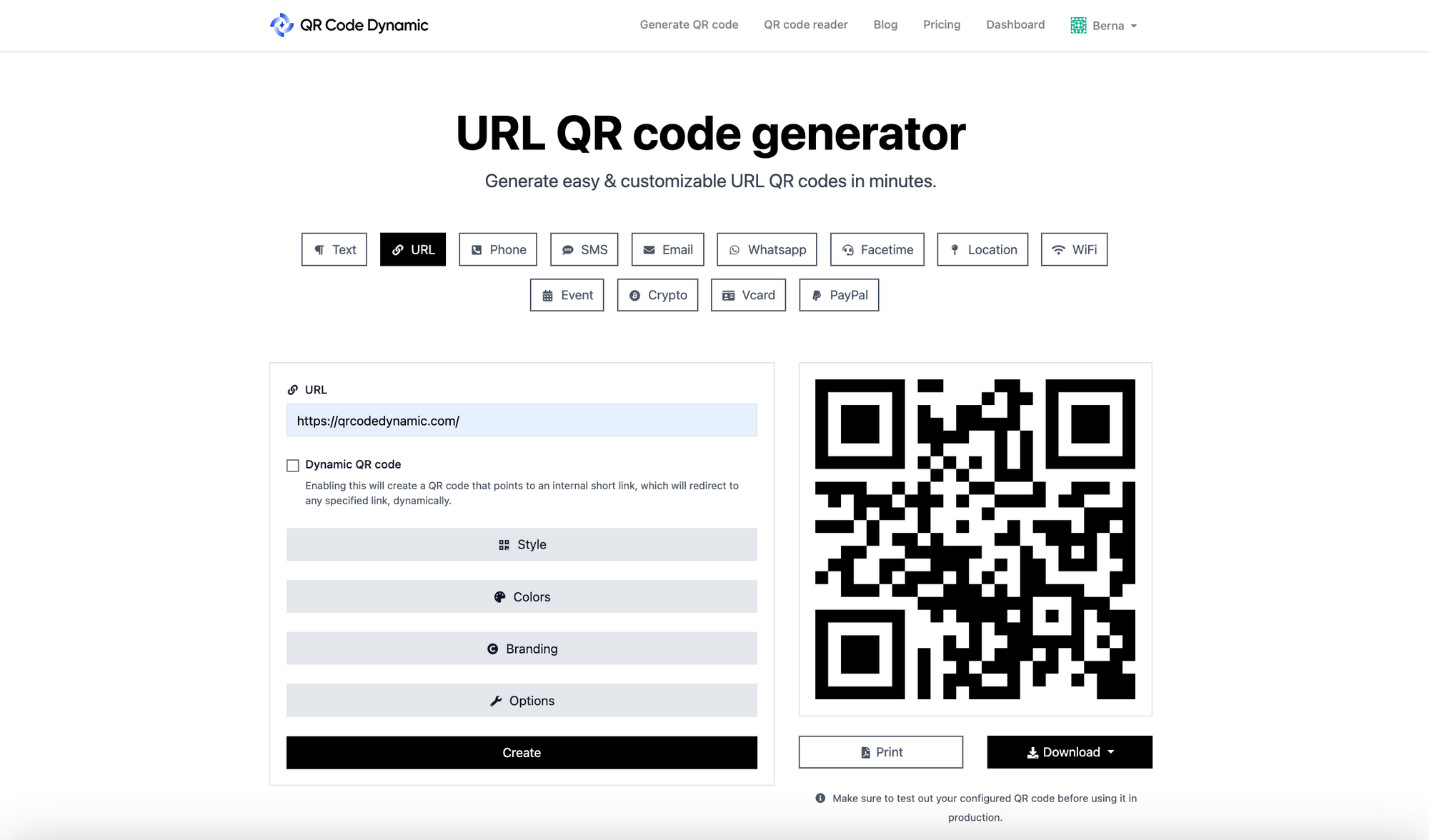Loyalty System: The Key to Building Stronger Relationships with Your Consumers
Loyalty System: The Key to Building Stronger Relationships with Your Consumers
Blog Article
Maximize Engagement With an Effective Commitment System Method
In today's affordable landscape, an effective loyalty system method is crucial for maximizing client interaction. Organizations must prioritize a nuanced understanding of client choices and emotional triggers, employing data analytics to produce customized rewards.

Comprehending Client Needs
Understanding consumer requirements is critical for the success of any loyalty system approach. A thorough grasp of what drives customer actions permits companies to customize their programs properly. This includes not only identifying the preferences and purchasing behaviors of clients but additionally recognizing their emotional triggers and inspirations.
To achieve this, businesses need to leverage information analytics and consumer feedback mechanisms. Assessing acquisition history, interaction patterns, and group information provides useful insights into consumer preferences. Furthermore, straight feedback with studies or focus groups can brighten specific wishes and discomfort points that may not appear from transactional data alone.

Inevitably, a deep understanding of client needs fosters more powerful connections, boosts client contentment, and promotes retention. This fundamental expertise allows organizations to design loyalty initiatives that reverberate with their audience, thereby driving involvement and motivating long-lasting brand commitment.
Designing Reward Frameworks
Producing efficient incentive frameworks is necessary for a successful loyalty system, as they straight influence customer involvement and retention. To design an impactful incentive framework, organizations need to align their offerings with customer preferences and habits. This entails comprehending the inspirations behind customer loyalty, such as price cuts, unique offers, or experiential incentives.
A tiered incentive system can incentivize deeper client involvement by providing progressively beneficial rewards as clients get to greater investing levels. This motivates continuous communication and grows a sense of accomplishment among individuals. Loyalty System. In addition, offering individualized incentives based on individual purchase history can improve the viewed worth of the commitment program, making consumers feel comprehended and valued
Moreover, it is important to ensure that the rewards are obtainable. If consumers perceive incentives as too tough to achieve, they may disengage from the program completely. Stabilizing possible objectives with aspirational rewards fosters a positive experience, encouraging continuous engagement.
Utilizing Technology Efficiently
As services significantly identify the importance of commitment programs, properly utilizing modern technology ends up being extremely important to their success. Advanced data analytics tools enable firms to analyze and collect consumer behavior patterns, enabling the growth of customized advertising and marketing methods that reverberate with individual preferences. By leveraging consumer partnership management (CRM) systems, services can track communications and reward redemptions, making sure a smooth experience for members.
Mobile applications play an important function in enhancing user engagement by supplying simple accessibility to commitment program details and incentives. These applications can promote real-time alerts concerning promos, which urges prompt participation. Furthermore, integrating social media sites systems right into loyalty programs not just improves presence but also promotes community interaction, permitting clients to share their rewards and experiences.
Moreover, utilizing synthetic knowledge (AI) can automate consumer interactions, supplying tailored recommendations and boosting reaction times. This technology not just enhances the customer experience yet also makes it possible for organizations to maximize their commitment methods based upon anticipating understandings. Eventually, the efficient usage of technology in loyalty programs not only boosts consumer contentment but additionally drives lasting retention, guaranteeing that companies stay affordable in a rapidly progressing market.
Connecting Worth Proposals
Exactly how can organizations successfully interact their worth recommendations to boost client loyalty? To accomplish this, companies need to first identify and verbalize the special benefits their loyalty programs use. This calls for a clear understanding of consumer needs and preferences, allowing companies to tailor their messages as necessary.
Using several communication channels is necessary. Email e-newsletters, social media, and in-store signage can all offer as systems to convey value suggestions successfully. Uniformity in messaging across these channels reinforces the loyalty program's advantages and ensures that customers stay informed.
In addition, narration can improve engagement by illustrating exactly how the loyalty program effects clients' lives. Sharing endorsements or situation studies can create a relatable narrative that reverberates with capacity and existing members. In addition, services need to emphasize exclusivity and personalization, showcasing how loyalty members get to special rewards or experiences that non-members do not get.
Determining Success and Feedback
While executing a loyalty program can be a considerable investment, gauging its success and celebration consumer feedback are essential actions that guarantee its long-lasting performance. Developing key efficiency indicators (KPIs) such as consumer retention rates, typical deal value, and program registration prices offers a measurable framework to evaluate the program's influence. Additionally, tracking involvement metrics like participation frequency and incentive redemption rates can go to this web-site expose insights into consumer actions and contentment.
Client responses is just as important. Making use of studies, focus teams, and social media sites listening can help collect qualitative information on client understandings of the commitment program. This information enables businesses to determine toughness, weak points, and this link areas for renovation. Regularly analyzing this responses guarantees the program continues to be aligned with consumer assumptions and choices.
Moreover, benchmarking versus market requirements enables a relative evaluation to assess the program's effectiveness. By synthesizing both quantitative and qualitative information, companies can make enlightened decisions around needed changes to boost the commitment program. Loyalty System. Eventually, a durable dimension and feedback approach not only shows the program's value but also promotes a recurring dialogue with clients, strengthening their commitment and dedication to the brand
Verdict
A reliable loyalty system approach needs a thorough understanding of consumer demands, the style of enticing benefit structures, and the competent use innovation. By clearly connecting value suggestions and constantly measuring success with feedback, services can create a dynamic setting that promotes consumer engagement and commitment. Ultimately, the combination of these components improves customer contentment and drives sustained engagement, resulting in lasting success and success in an affordable market.
Developing effective incentive frameworks is necessary for a successful commitment system, as they directly affect customer interaction and retention.A tiered reward system can incentivize much deeper customer involvement by offering significantly useful rewards as consumers reach greater spending levels. Additionally, supplying personalized incentives based on specific acquisition history can boost the viewed worth of the loyalty program, making clients feel comprehended and appreciated.
Furthermore, incorporating social media systems right into commitment programs not just boosts visibility but likewise promotes neighborhood involvement, permitting consumers to share their rewards and experiences.
Eventually, the efficient use of innovation in commitment programs not just boosts consumer satisfaction but likewise drives long-lasting retention, ensuring that businesses remain click to read affordable in a rapidly developing market.
Report this page